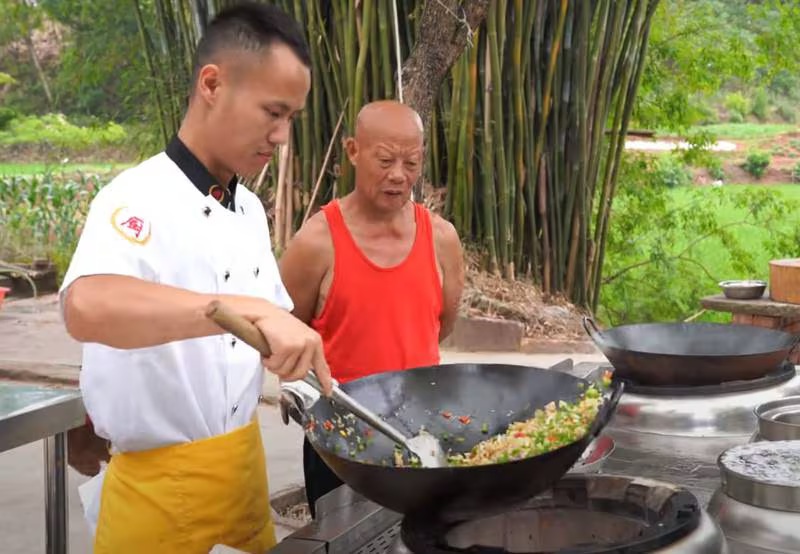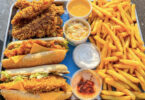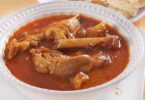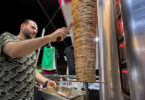Panna Munyal
Food is often touted as a universal language, something that brings us together and helps us bond. Conversely, given how subjective tastes are, some dishes can also be polarising – as two foodies discovered recently.
This week, Italian food historian Luca Cesari found himself at the receiving end of social media ire when he claimed a carbonara recipe drifting from the norm was actually the original. The modern-day recipe for carbonara comprises Italian pecorino cheese and beaten eggs, while Cesari’s 1954 version features Swiss gruyere cheese, garlic and cooked eggs.
Last month, Chinese celebrity chef Wang Gang faced wrath from some quarters when he shared an egg fried rice recipe video. The dish, when made by Mao Anying, an officer in China’s People’s Liberation Army during the Korean War in 1950, sent smoke into the air and gave away his position to enemy jets. Since then, some Chinese nationalists consider any mention of the dish in the month of November insulting.
While Wang vowed never to cook fried rice again, Cesari was unfazed. He even claimed to be working on bringing back a traditional Neapolitan pizza recipe from the 1800s, one that used clams.
These are not one-off instances of food being divisive. Filipino spaghetti is a prime example.
Ranked as one of the worst dishes in the world by TasteAtlas, an online catalogue of more than 10,000 foods and drinks, the red sauce dish is quintessential at birthday parties across the Philippines. The sweet and creamy spaghetti comes with cut-up hot dogs and a few spoonfuls of banana ketchup.
:quality(70)/cloudfront-eu-central-1.images.arcpublishing.com/thenational/FSK7DUTJIRCRHKXOO2MU5DEVG4.JPG)
The dish is so popular in its home country that a number of social media users came to its defence, with one even labelling the catalogue “Tasteless Atlas”.
Elsewhere, foodies have locked horns over coffee infused with olive oil, British-Chinese cuisine and insects as protein in recent years, while coriander, liquorice and Marmite have divided the culinary world for decades on end. Stateside, even hummus has its haters.
Closer to home, and following from a piece on gold-infused daal at Indian chef Ranveer Brar’s Dubai restaurant KashKan, I dabbled in a debate with a fellow Indian colleague who believes adding the precious metal to daal – a humble staple or “farmer’s food”, as she calls it – is akin to culinary blasphemy.
It helps that the 24k gold-infused bowl is priced at a relatively affordable Dh58 ($15), but her point is that gold and daal in the same sentence borders on the oxymoronic.
Brar’s rationale is that gold and lentils are symbolic of both India and the UAE and, as such, his dish “transcends borders and amalgamates the richness of Indian cuisine with the vibrancy of Dubai”.
Whichever way your tastes buds might swing, it is undeniable that a passion for food can manifest in ways both complimentary and critical. Perhaps as food academic Alberto Grandi noted, it might be time to eschew gastronationalism – the use of food as a rigid symbol of national identity – and instead respect all culinary spin-offs, traditional or modern.
Courtesy: thenationalnews







